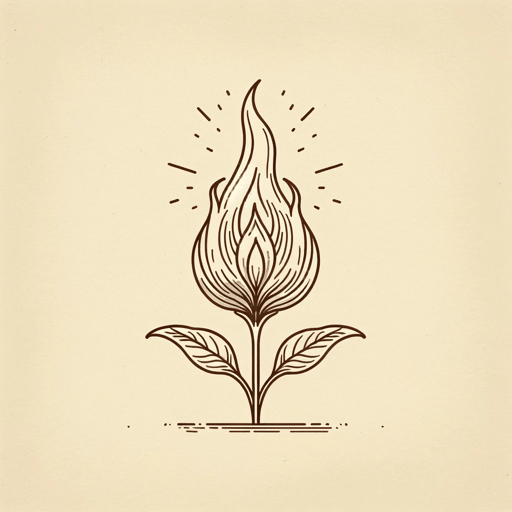60 pages • 2 hours read
Chitra Banerjee DivakaruniSister of My Heart
Fiction | Novel | Adult | Published in 1999A modern alternative to SparkNotes and CliffsNotes, SuperSummary offers high-quality Study Guides with detailed chapter summaries and analysis of major themes, characters, and more.
Background
Historical Context: Women’s Rights in India
Any examination of what it means to be a woman in India reveals multiple, apparently contradictory truths. The Hindu pantheon abounds in powerful feminine deities who have their own temples and elicit a respect equal to that received by their male counterparts. In ancient India, women also appear to have enjoyed an elevated social status, with many tribes having matriarchal power structures and matrilineal patterns of inheritance. However, with the beginning of the Muslim conquests of the Indian subcontinent in the Middle Ages, the position of women began to deteriorate. This period saw the rise of Jauhar: self-immolation by women and children to avoid loss of honor when male warriors faced defeat on the battlefield. The custom known as zenana, whereby separate parts of the house were set apart for women, was also imported at this time.
Under the British Raj (1858-1947), women’s education and rights were promoted by both Indian reformers and British missionaries. For example, the 1829 Bengal Sati Regulation criminalized the practice of burning or burying alive Hindu widows, and the Female Infanticide Prevention Act was passed in 1870. The first free school for girls was set up by Peary Charan Sarkar in a suburb of Calcutta in 1847, and Martha Mault and her daughter Eliza Caldwell played a key role in pioneering women’s education in the South of India.
Related Titles
By Chitra Banerjee Divakaruni
Featured Collections
Asian American & Pacific Islander...
View Collection
Books that Feature the Theme of...
View Collection
Brothers & Sisters
View Collection
Class
View Collection
Class
View Collection
Colonialism & Postcolonialism
View Collection
Family
View Collection
Friendship
View Collection
Grief
View Collection
Indian Literature
View Collection
Mothers
View Collection
Valentine's Day Reads: The Theme of Love
View Collection




